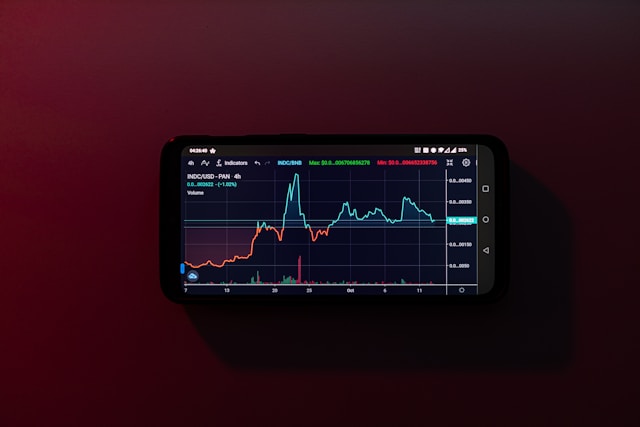The digital payment landscape is evolving rapidly, driven by the need for faster, more secure, and cost-effective transactions. Amidst this transformation, blockchain technology has emerged as a powerful tool to enhance the efficiency of digital payment systems. By offering a decentralized, transparent, and immutable ledger, blockchain is reshaping how digital payments are processed, making them more efficient, secure, and accessible to everyone.
The Role of Blockchain in Enhancing Payment Efficiency
Speeding Up Transactions
One of the most significant advantages of blockchain in digital payments is its ability to speed up transactions. Traditional payment systems, especially cross-border payments, can take days to settle due to the involvement of multiple intermediaries. Blockchain eliminates these intermediaries, allowing transactions to be processed in real-time or within a few minutes, regardless of geographical boundaries.
Reducing Transaction Costs
Blockchain technology reduces the need for third-party intermediaries, such as banks or payment gateways, in processing transactions. By eliminating these middlemen, the costs associated with transaction fees are significantly reduced. This cost efficiency is particularly beneficial for cross-border payments, where traditional systems often incur high fees. You can also explore Eclipse Earn for further information.
Enhancing Security and Transparency
Blockchain’s decentralized nature ensures that no single entity has control over the transaction data. Each transaction is encrypted and linked to the previous one, making it nearly impossible to alter or tamper with the data. This high level of security protects against fraud and unauthorized transactions. Additionally, blockchain’s transparency allows all parties involved in a transaction to view the details, ensuring trust and accountability.
Real-World Applications of Blockchain in Digital Payments
Cross-Border Payments
Cross-border payments have traditionally been slow and expensive, with multiple intermediaries involved in the process. Blockchain is revolutionizing this by enabling fast, low-cost, and secure cross-border transactions. Financial institutions and payment providers are increasingly adopting blockchain to streamline their international payment processes, reducing settlement times from days to minutes.
Digital Wallets and Payment Platforms
Digital wallets and payment platforms are integrating blockchain technology to enhance their services. By leveraging blockchain, these platforms can offer faster transaction processing, lower fees, and improved security. This integration is particularly appealing to users in regions with limited access to traditional banking services, as it provides a more accessible and efficient payment solution.
Smart Contracts and Automated Payments
Smart contracts, which are self-executing contracts with the terms of the agreement directly written into code, are another application of blockchain in digital payments. These contracts automatically execute transactions when certain conditions are met, eliminating the need for intermediaries and reducing the time and cost associated with contract enforcement. This automation is particularly useful in recurring payments, such as subscription services or payroll.
Challenges and Future Prospects
Scalability Issues
Despite its benefits, blockchain technology faces challenges that need to be addressed to fully realize its potential in digital payments. One of the primary challenges is scalability. As more transactions are added to the blockchain, the network can become congested, leading to slower transaction processing times. However, ongoing research and development in blockchain technology are focused on improving scalability, with solutions such as sharding and layer-2 protocols being explored.
Regulatory and Compliance Concerns
The adoption of blockchain in digital payments also raises regulatory and compliance concerns. As blockchain operates on a decentralized network, it poses challenges for regulators who are used to dealing with centralized systems. Ensuring that blockchain-based payment systems comply with existing regulations and standards is crucial for their widespread adoption.
Conclusion
Blockchain technology is poised to transform the digital payment landscape by enhancing efficiency, reducing costs, and improving security. As financial institutions and payment providers continue to explore and implement blockchain solutions, the potential for faster, more secure, and cost-effective digital payments will become increasingly accessible to businesses and consumers alike. While challenges such as scalability and regulatory compliance remain, the future of digital payments looks promising with blockchain at the forefront of innovation.
Photo by Jack B on Unsplash (Free for commercial use)
Image Published on October 13, 2021




